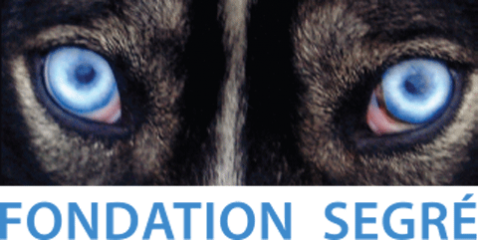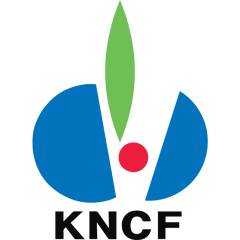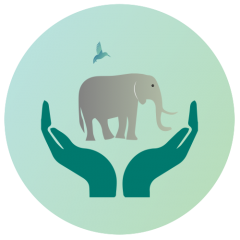

Community Guardians to support Community Forestry
Background
In south Rakhine, wildlife is threatened by habitat loss. One of the main challenges is how to conserve the forest and its wildlife while considering the people living in its surroundings. Community Forest (CF) is one of the solutions, and can be used as a buffer zone between villages and protected areas.
The project
Started in 2010, this program promotes wildlife conservation by empowering local communities to preserve the forests. The distinctiveness of this initiative lies in the creation of Community Guardian Groups (CGG), appointed to patrol the CF. CGG are equipped with GPS, smartphones, and cameras, and are compensated for the services offered to the community by means of a small revolving fund. They report illegal activities directly to project staff, the Forest Department, or the police. A total of ten CGGs were created in ten villages surrounding the Rakhine Yoma Elephant Range Wildlife Reserve. Together they look after about 1000 hectares of forest. Since CGGs have been patrolling, less illegal activity has been reported in these areas.
About the organization
Founded in Italy in 1996, Istituto Oikos focuses on biodiversity conservation and the sustainable management of natural resources across Europe, Asia, and Africa. Oikos started working in Myanmar in 2007.



Implemented by

Financed by




Institutional partner(s)



Indawgyi Wildlife Sanctuary
Collaboration to preserve nature and wildlife, tackle threats, and develop sustainable livelihoods



